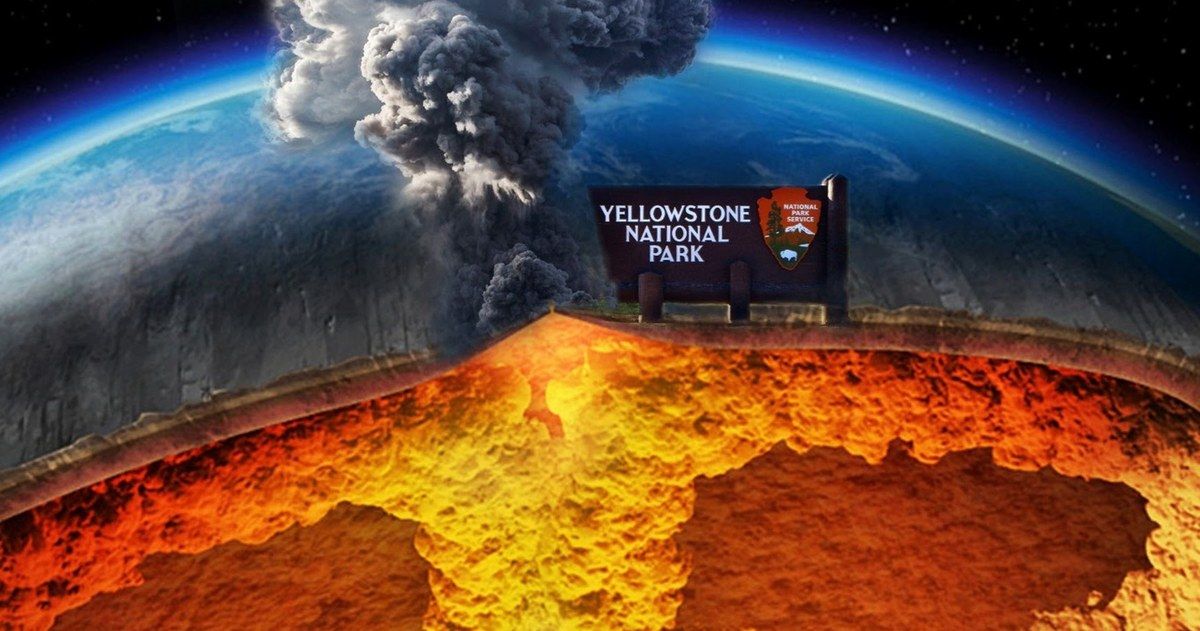A giant hole suddenly appearing in the Antarctica ice pack and now news that a supervolcano in Yellowstone could erupt a lot sooner than scientists imagined have scientists puzzled all over the world. Scientists previously believed that we had centuries before the supervolcano erupted again, but now it's believed that we might only have a few decades to prepare this time around, which is more than a little disconcerting to put it mildly. It might be a good time to break out that bucket list to attempt as much as you can.
By analyzing the last eruption to take place, a team of researchers at Arizona University and scientists have estimated how long it took for the required amount of magma to build up in the main chambers for a super eruption. The early findings show it happened really, really fast. The last major eruption at Yellowstone, one of the world's largest active supervolcanoes, took place around 640,000 years ago, sending about 240 cubic miles of volcanic ash, dust, and rock into the sky. If the volcano were to go off today, the results would be catastrophic.
NASA has said that supervolcano eruptions are a bigger threat to life than any asteroid, which is a pretty interesting thought to consider. Graduate student Hannah Shamloo says, "It's shocking how little time is required to take a volcanic system from being quiet and sitting there to the edge of an eruption." It was expected that the magma build up would take thousands of years, not decades. As it turns out, if the supervolcano were to erupt now, it would be the end of the world as we know it. Shamloo had this to say.
"If something like this happened today, it would be catastrophic... We want to understand what triggers these eruptions, so we can set up warning systems. That's the big-picture goal."
If an eruption were to take place today, experts estimate a blanket of ash would cover most of the U.S. The ash would be centimeters thick throughout the American Midwest and would certainly disrupt livestock and crop production. Thick deposits could threaten building structures and clog sewer and water lines. Electronic communications and air transportation would be shut down throughout North America. In addition, there would obviously be major climate effects that nobody would be able to deny.
The study has been going on for more than 4 years at Arizona State University, but the researchers and scientists cannot predict when the Yellowstone supervolcano will erupt. The findings could go a long way to serve as something of an early warning system for a potential blast at the very least. By monitoring what's going on underneath Yellowstone, researchers can track changes to the magma and be on alert if it starts accumulating at a rapid speed. Yellowstone is one of the most closely watched volcanoes in the world, with a bunch of sensors and satellites that track any and all detectable changes and for now, at least, geologists aren't terribly concerned. You can read more about the Yellowstone supervolcano and its activity courtesy of USA Today.

